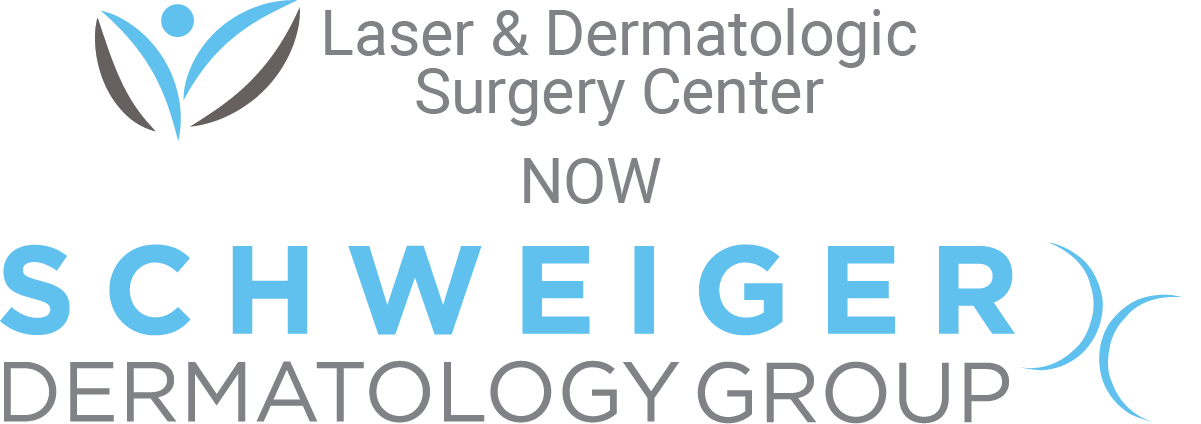Why is nail surgery needed?
Just as there may be abnormalities of the skin that require a biopsy for further investigation, this may also be the case on the nails. One can get skin cancer, warts, cysts, and/or infection in the nails, which may require a biopsy of the nail or the skin around the nail for diagnosis.
Surgical nail removal is also used to treat a nail that has become diseased or damaged by severe or returning fungal nail infections or ingrown toenails. Typically only part of the nail (debridement) will be removed. However, if most of the nail is infected, an entire nail surgery (avulsion) may be required.
What happens during nail surgery?
Surgical nail removal is performed as an outpatient procedure in our office. To prevent pain during your nail surgery in St Louis, MO, your doctor will inject a local anesthetic into the affected finger or toe. He or she will then loosen the skin around the nail and separate the nail from the skin using a special surgical tool. In some cases (i.e fungal nails, ingrown nails), a chemical may be applied to the cuticle area to remove the nail matrix and prevent the nail from growing back. If a biopsy is needed, additional skin around the nail may be removed and sent to the lab for examination. At the end of the procedure, a thick ointment is applied to the wound, which is then covered with gauze and tape.
What happens after surgery?
For the first few weeks after your nail surgery in St Louis, MO, you will need to be diligent about cleaning and drying the wound and apply a layer of ointment (i.e. vaseline). The wound should heal within a few weeks. Fingernails may take 6 months to grow back, and toenails may take 12 to 18 months to grow back.
What are the considerations?
It’s important to remember that complete loss of the nail matrix results in permanent loss of that portion of the nail. This may be desired when treating fungal nails and ingrown nails. On occasion, nail biopsies require removal of all or part of the nail matrix, especially if a cancer is suspected. If the nail matrix is partially removed, an abnormal nail may regrow. If the nail matrix is completed removed, no new nail will grow. Unless a cancer is suspected or being treated, permanent damage to the nail is uncommon after nail surgery.
Why choose us?
At the Laser & Dermatologic Surgery Center, we combine our world-leading expertise in dermatologic surgery with compassionate and personalized patient care.
Contact us to schedule a consultation at our St. Louis, MO office today.

